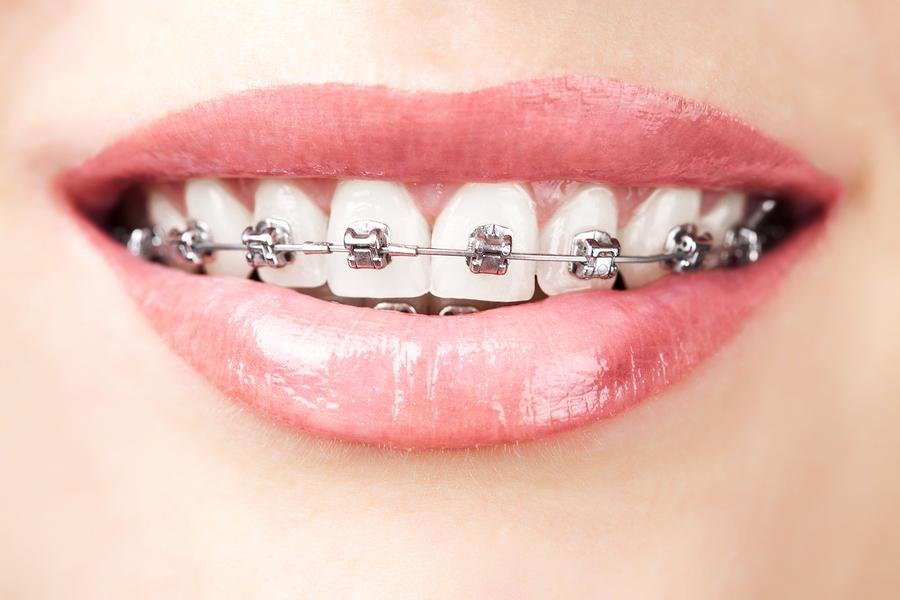5 Things To Keep In Mind When Considering Braces
Braces are usually associated with children but ultramodern options have made them a treatment for people of every age. Still, take a moment to consider the five points below before embarking on your smile trip, If you’re thinking of straightening your teeth. At Thareja’s Dental care Dr. Priyanka Agarwal is a cosmetic dentistry specialist with more than 12 years of experience in cosmetic dentistry.
1. Time
Treatment Time, depending on factors similar to your bite and current oral health, straightening your teeth may take anywhere between a few months to some years.
The type of braces you conclude for may also impact treatment time as some move your teeth rapidly than others.
Your orthodontist will give you a personified estimate of how long your treatment will take following an examination of your teeth.
2. Age
A common question we hear is “ Am I too old to have braces”?
Although we recommend that children see an orthodontist around the age of 8, this doesn’t mean someone aged that won’t profit from orthodontic treatment!
. Generally, it’s quicker to move teeth while the teeth and bone are still forming, still, it simply means that the treatment may take a little longer after this.
The benefit of having braces when you’re aged allows for a wider variety of treatment options and a lesser sense of confidence when your new smile is revealed. ( Read this article for further information on adult orthodontics)
3. Braces Appearance
Naturally, the first image that comes to mind when hearing the word “ braces” is metal brackets on teeth (or “ train tracks”); fortunately, orthodontics has evolved to allow for numerous new aesthetic options.
Ceramic braces – These work in the same way as traditional metal braces.
Still, the brackets are made from a clear material that blends with your natural tooth color giving a much less prominent appearance.
Lingual braces – These look like the traditional metallic braces but are clicked on behind the teeth rather than on the front.
This can look nearly invisible from the outside but may affect speech originally or result in some irritation as the tongue touches these when speaking, still, this still remains a good treatment option.
Invisalign – allow clear retainers, but form-fitted to your teeth so that it nearly seems as though you’re wearing nothing. This option may at first give you a slight lisp, but this doesn’t last veritably long as your mouth adapts to the shape of the aligners.
4. Maintenance of Braces
Witnessing orthodontic treatment to correct your bite and uncurl your smile is a commitment that will bear you to always look after your oral health.
Brushing your teeth doubly a day and flossing with the suggested tools ( frequently a combination of floss and interdental brushes) will be imperative in the success of your treatment. This will also have the added benefit of ingraining proper dental care once your treatment has ended.
Some considerations for specific types of braces:
Ceramic braces – It’s best to avoid staining foods and drinks as this may stain the clear brackets.
Invisalign – Clear retainers need to be worn for 20 – 22 hours a day and bear you to clean your teeth before you replace them each time ( really useful to help you stick to that new diet!).
Your teeth noway stop moving, and so it’s very important that you’re fitted with retainers after your treatment has ended to insure that your teeth stay in their recently plant perfect position.
This will either be a set of removable retainers ( corresponding to the Invisalign braces) that can be worn overnight during your sleep, or a metallic “ bar” placed behind the teeth – or indeed a combination of the two.
5. Orthodontist
Now that you’re primed with further information on dental braces, the coming step will be to seek a dental professional to carry out your treatment. You may find that a lot of general dentists give orthodontic treatment, but we’d suggest consulting with an orthodontist. Dr. Amit Thareja provides Invisible braces in Kalyani Nagar Pune


